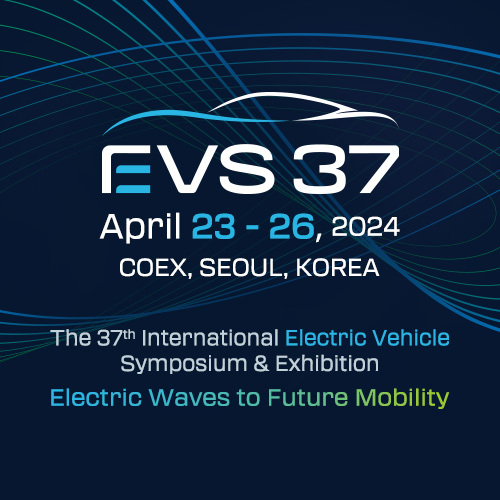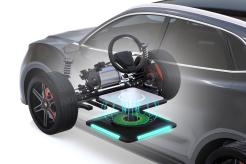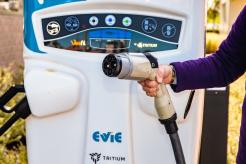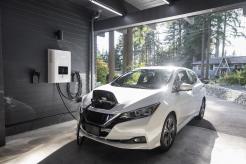By now, you may know some of the benefits of installing electric vehicle charging stations at your property or business. You’ll be able to offer your visitors and customers a more convenient way to charge their cars, reducing emissions and helping the environment while fostering customer loyalty and building a positive reputation. But did you know installing EV charging stations can also help you get LEED certified?
LEED, short for Leadership in Energy and Environmental Design certification, is the world’s most widely used green building rating system. It provides a comprehensive framework to create healthy, highly efficient, and cost-saving green buildings. To attain LEED certification, you must meet a rigorous set of criteria and standards, many of which you can meet by installing EV charging stations.
This guide will address common questions about LEED certification for EV charging station owners so that you and your business can reap all the benefits you deserve for contributing to a greener future.
How EV Charging Stations Can Qualify You For LEED Certification
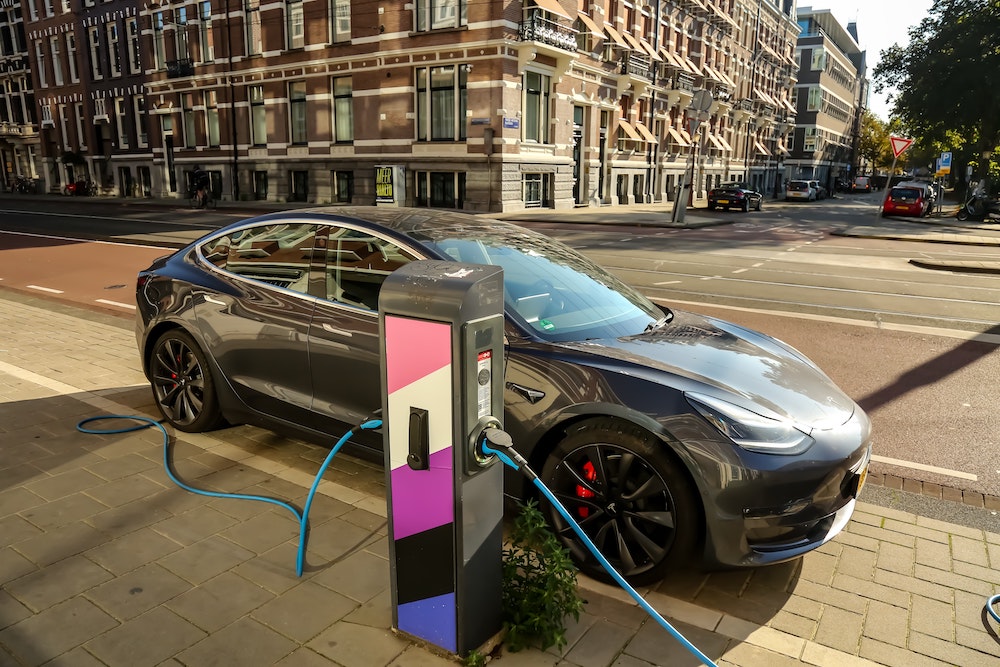
Photo by Rick Govic on Unsplash
Installing EV charging stations at your property can qualify you for LEED certification because it shows a commitment to sustainability and energy efficiency. By making it easier and more convenient for customers, tenants, and visitors to charge their electric vehicles (EVs), you are helping reduce pollution levels in your area. This benefits the environment and the local community, as reducing emissions will improve air quality and reduce health risks associated with air pollution.
In addition, by installing EV charging stations, you are taking an essential step towards creating a comprehensive infrastructure that can help support the uptick of EVs in your community. This shows leadership and commitment to sustainability and can earn you LEED certification points.
By installing EV charging stations at your property or business, you can receive LEED points in three categories: energy and atmosphere (EA), innovation and design process (IDP), and location and transportation (LT). Let’s take a closer look at all three categories.
Energy and Atmosphere
In the EA category, you can receive points for installing the charging station and using renewable energy to power it. Installing a charging station can earn points while using 100% renewable energy to power the EV charger can earn additional points.
Innovation and Design
In the IDP category, you can gain points for innovative green strategies implemented in your building or property, such as EV charging stations. This category is all about recognizing forward-thinking strategies that help reduce environmental impact.
Location and Transportation
Finally, in the LT category, you can get points for utilizing alternative transportation options like walking or biking to reduce vehicle miles traveled. Installing EV charging stations encourages the use of alternative transportation options and therefore qualifies you for LEED certification points in this category.
According to the USGBC, you have two primary options for winning LEED points in the LT category:
- Through Electric Vehicle Supply Equipment (EVSE), you can gain points by providing charging capability to at least 5% of all parking spaces. This EVSE must supply a Level 2 charging capacity.
- By making 10% or six parking spaces on your property “EV Ready,” meaning each space has the capability of supporting Level 2 charging.
How to Get Started With LEED Certification for EV Charging Stations

Photo by Scott Graham on Unsplash
Getting certified starts with understanding the rating system. The LEED Rating System consists of four levels: Certified, Silver, Gold, and Platinum. To achieve each level, you must earn a certain number of LEED points. To get started, refer to the LEED Rating System and familiarize yourself with each level’s criteria.
Next, you should gather any data or information relevant to your projects, such as energy consumption at your building or property. This information will help you identify areas where you can take measures to reduce environmental impact and qualify for LEED points.
Once you clearly understand the rating system and all relevant data, it’s time to start your project. If installing an EV charger, focus first on getting the basics in place, such as choosing the right location for your charger and purchasing a reliable model. Then move on to steps that qualify you for LEED points, such as installing solar panels to power the charger or implementing policies promoting sustainable transport.
Finally, when your project is complete, contact a LEED or green building professional who can assess and verify your project’s sustainability performance. Once you complete this process and achieve the relevant number of points for the desired level of certification, you’ll be ready to apply for LEED certification!
Benefits of LEED Certification

Photo by Timon Studler on Unsplash
Many benefits come with being LEED certified, such as increased customer loyalty, higher employee morale, and lower operating costs. In addition, LEED-certified businesses often see a boost in their marketing and public relations.
It’s also worth noting that LEED-certified buildings often have higher rental rates and sale prices, making them an excellent investment for landlords and business owners.
Challenges of Pursuing LEED Certification
Although becoming LEED certified can bring many rewards, it requires significant effort and resources. It’s important to remember that the process takes time and dedication to achieve the desired level of certification.
Furthermore, pursuing higher levels of certification may require additional upgrades or changes, such as installing renewable energy systems or implementing policies that promote sustainable transport.
It is also important to note that while the LEED Rating System provides clear benchmarks and criteria, obtaining certification can be complex. Certification often requires the expertise of a professional who understands the minutiae of LEED rating systems and can help you navigate the process from start to finish.
Getting LEED certified can be daunting, but it’s worth the effort. Not only does it help you contribute to sustainability goals, but it has immense economic benefits for your business. LEED certification is an excellent way to demonstrate your commitment to sustainability while verifying the environmental performance of your building or property.
Learn more about LEED certification and more at our upcoming EV Charging Summit & Expo.

